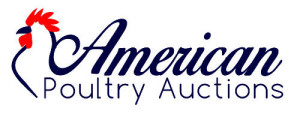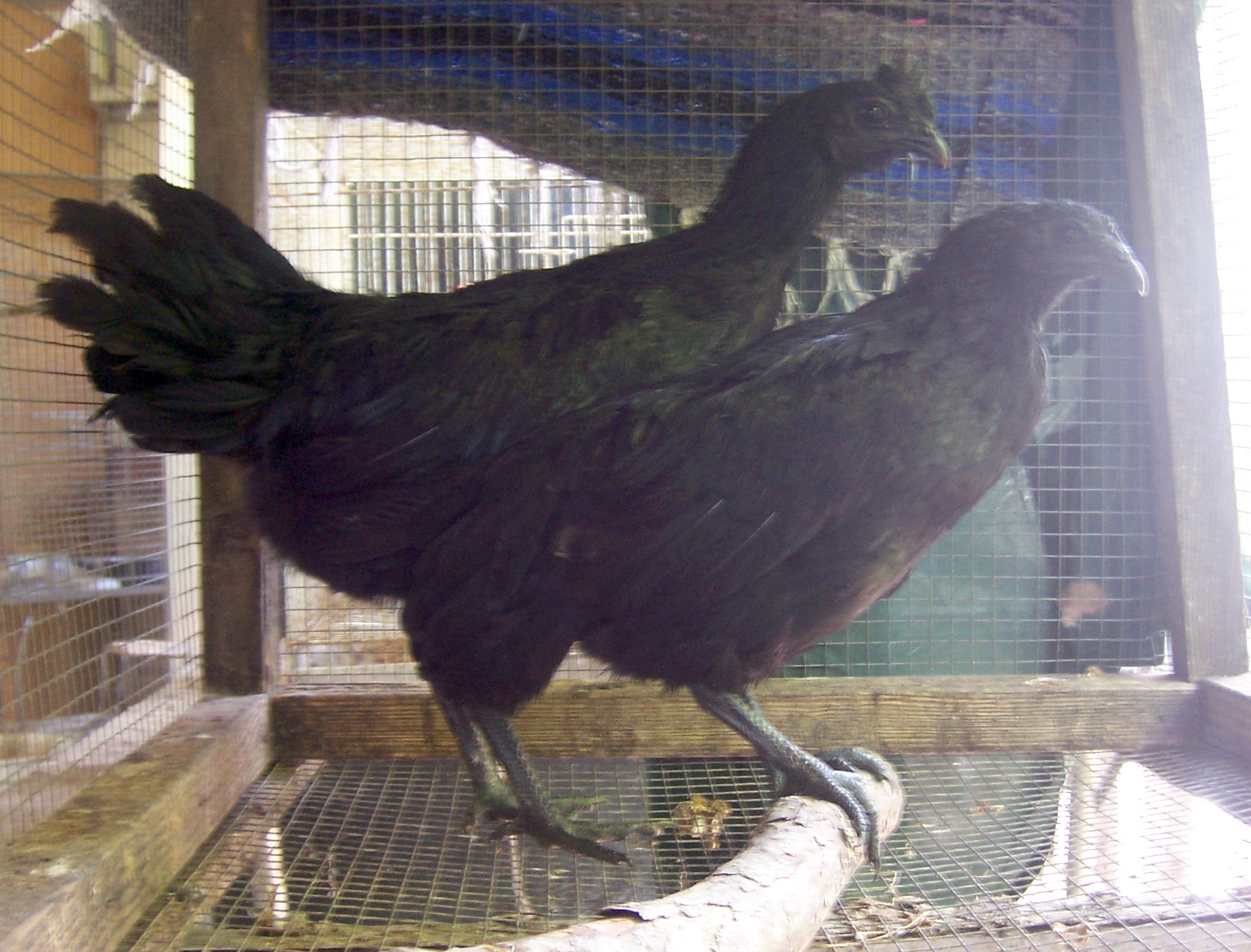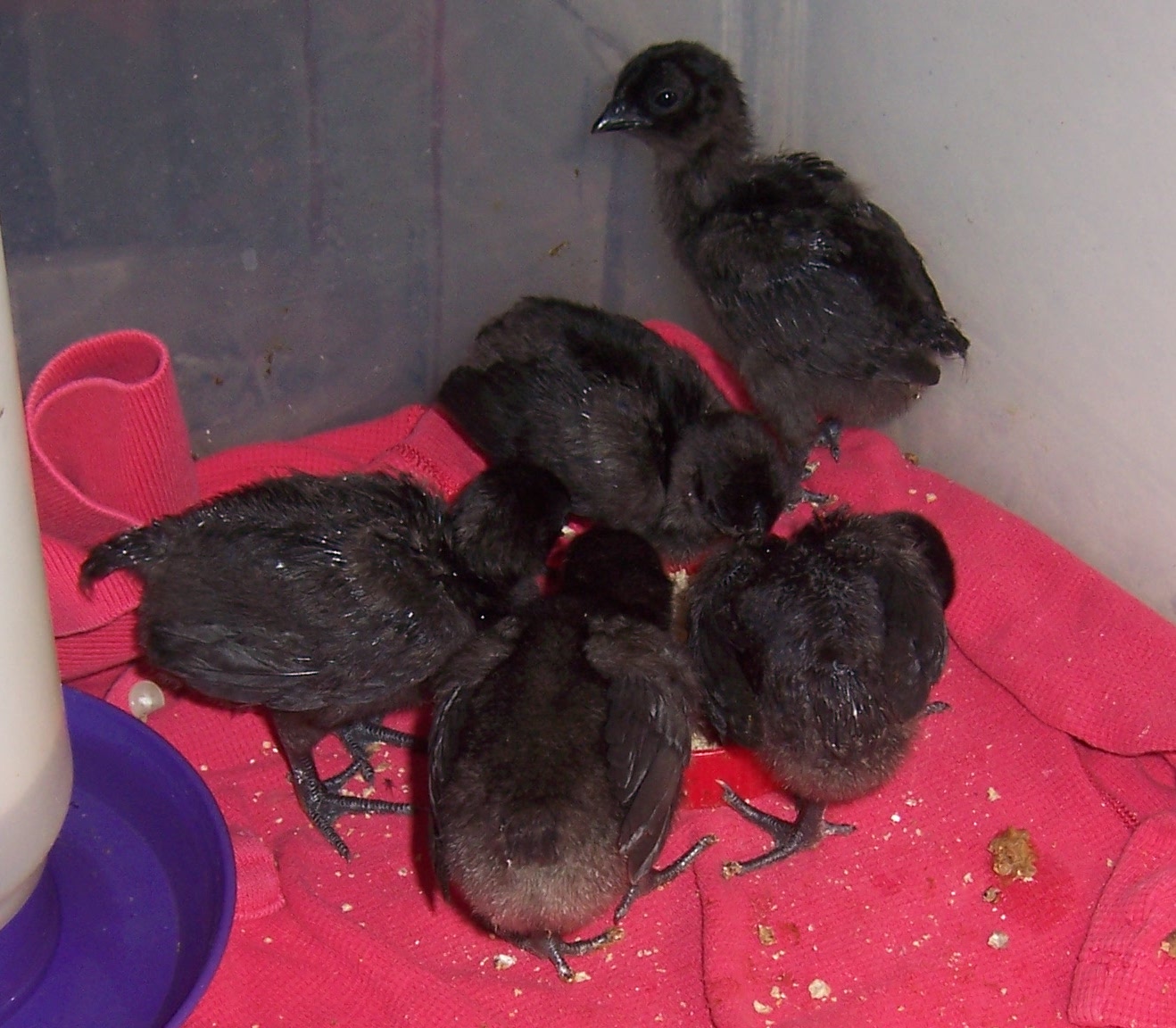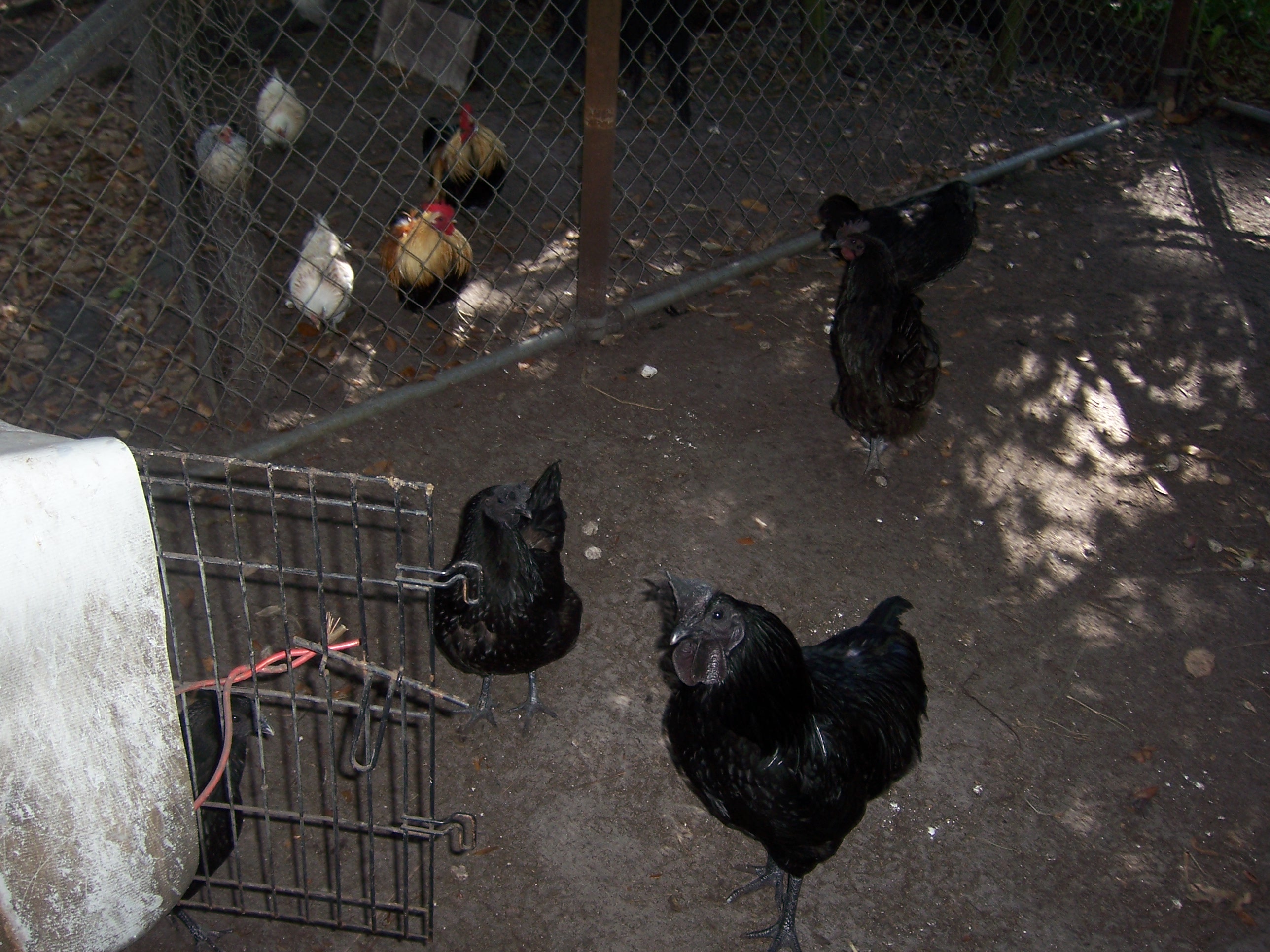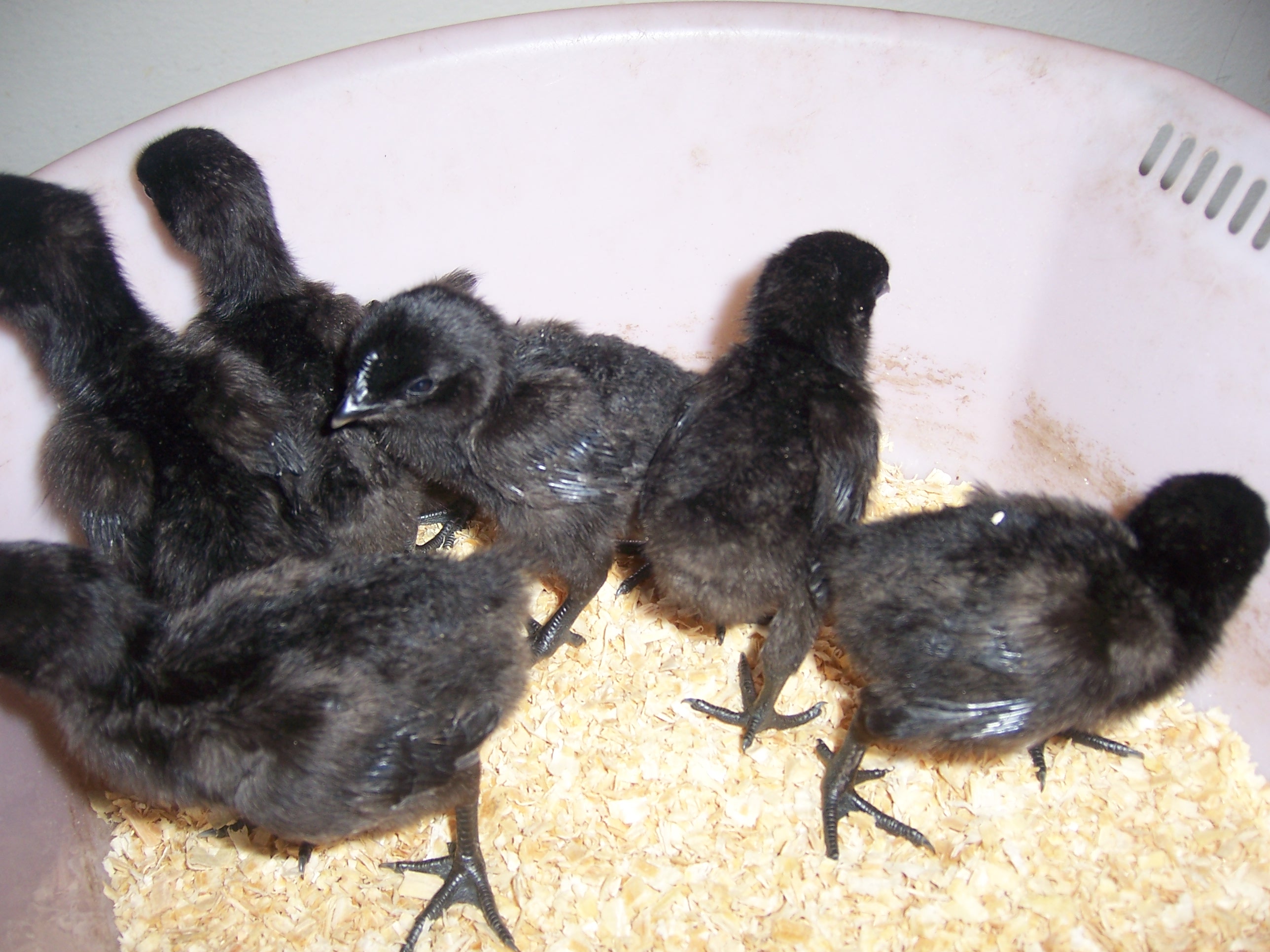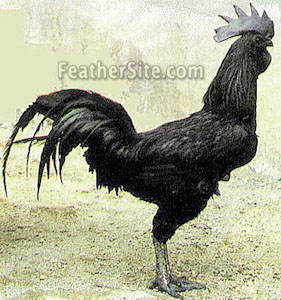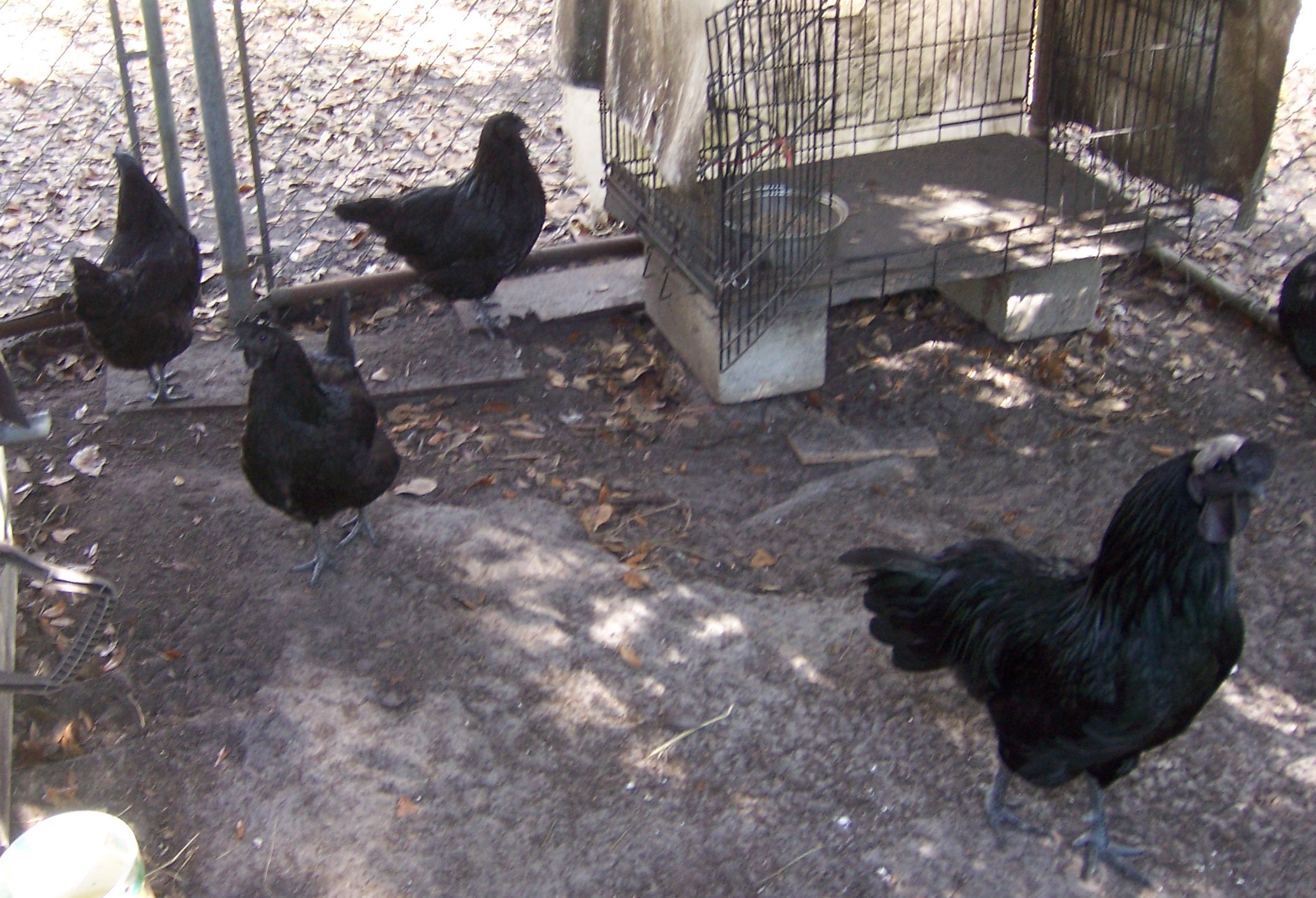I spent 3 years with many disappointments and many expenses trying to find acceptable stock for my cemani project and it is just starting. At this point I’d like to share some of their eggs to give everybody an opportunity to own this exotic landrace. Cemani is all GFF and Indo line from 5 different breeders all black, which does not guarantee all black chicks.- tan egg The Cemani was created from several different landraces in different parts of the world, that’s why there are still a lot of differences and is not anywhere near standard of perfection. Deviations from the breeds ideal should be expected. They still need a lot of breeding and we don’t know what was injected in other countries as Germany, where some of GFF’s Cemani came from. if you would like to find out more about the history there is an interesting read from a highly studied poultier on BYC. Type in your search and the page should come up. the Blackest Ones: on exploring the significance of Cemani mutations
Auction Finished buddyortego was the winning bidder.
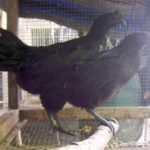
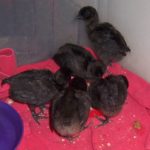
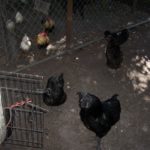
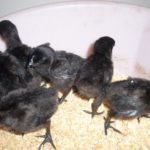
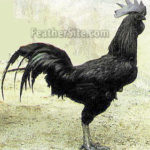
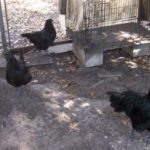
-



 ID: #1407
ID: #1407
- Bids: 8 Highest Bidder: buddyortego
- Views: 3,573 Condition: New
-
Seller: simonero2
- Posted: April 16, 2017 10:58 am
My goal is to perfect to Indonesian standard
I haven’t gotten any white feathers on my chicks for over a year, I do get some occasional clear nails, but i have less then 10% culls right now. But no guarantee on this. That is a very low leakage and cull rate i am very happy with and that is very hard to find. I have a true Indo line hen bred to an Indo line – GFF rooster.
Ayam Cemani is a very special breed. The outstanding beauty of these birds has challenged many breeders around the world trying to breed this chicken. This being said I believe we should get back to the indonesian standard that looks very similar to the proposed british standard.
I am currently working to do just that and have acquired some true indonesian lines, which still needs some work as well as the combs should not be floppy. The last pic is of a cemani in Indonesia.
Male:
Type and Carriage: General appearance alert and quite gamey.
Body: medium sized, slim, firm and muscular, wings held strongly to body. Alert bearing
Breast: fairly broad, full and firm.
Back: back medium length, sloping from the neck; saddle hackle rather short.
Wings: long, large and strong, held slightly high at the shoulders. held tight to the body, and not resting on the back. Shoulders – wide and firm.
Tail: held a little high; moderate spread with narrow, medium length sickles. Rump – moderately developed. Parson’s Nose small, and firm, little fluff.
Head: of medium size. Face – black and smooth. wattles medium, small black earlobes, eyes large and full of expression, dark brown to black with black pupils. Comb – single, usually with five points, black. Back of comb not following down the line of the neck. Beak – firm, well curved, black.
Neck: long and firm; the neck hackle reaching to the shoulders.
Legs and Feet: Thighs medium, powerful, set well apart, good bend of hock. Straight parallel medium length shanks – black. Four toes long, strong and well spread, with prop toe standing well back and firm on the ground – black. Well-developed spurs in mature male birds
Plumage: Feathers quite short and close-fitting
Handling: Firm and muscular.
Female:
The general characteristics are similar to those of the male, allowing for natural sexual differences. The back line of the hen can be less angled, the face is often a more intensive black.
Plumage – Black. Green sheen is not so obvious as in some black breeds. Skin, face, comb and legs – Black.
Weight:
Male 1.8–2kg (approx 4–4½lbs)
Female 1.2-1.5kg (approx 2¾-3½lbs)
Ring Sizes: Cock 18mm (E18) Hen 16mm (D16)
Scale of Points
Feather Colour 20
Skin Colour 30
Type 15
Legs and feet 10
Head 10
Condition 15
My eggs are never washed and are stored in a cool, dark place at around 61 degrees. I hand deliver to the post office at the time of the trucks departure. Once the eggs leave my home I can no longer be responsible for their condition at arrival.
Please, note that hatch rate and fertility rates are 2 different things. Hatch rates can vary widely depend on the post offices handling of your eggs in transit and your incubation method. I do not guarantee hatch rate. I hand deliver to the post office just before the truck leaves for sorting facility, once they left my hands I can no longer be responsible for the condition of the mailed eggs. Eggs can be held at the post office for your pickup. This is a good idea if you live in an area with very hot or cold weather. It may increase hatch rate. If you would like to do this I need your local post office address and your phone number so they can contact you upon the eggs arrival. NPIP
| Category | Hatching Eggs |
|---|
